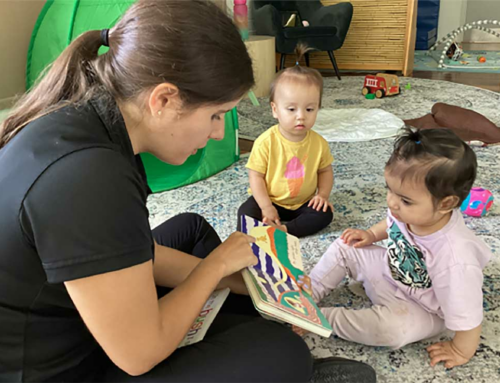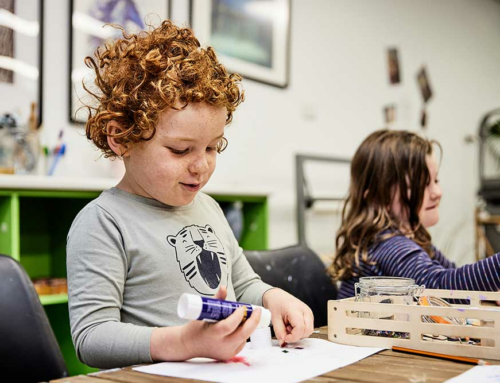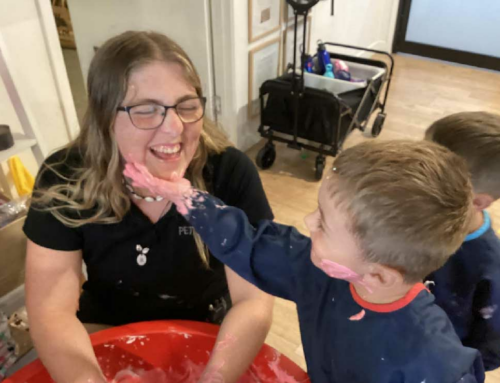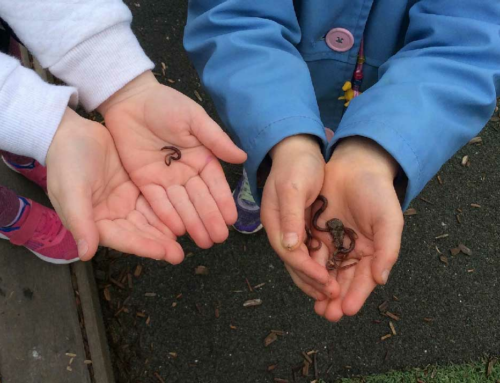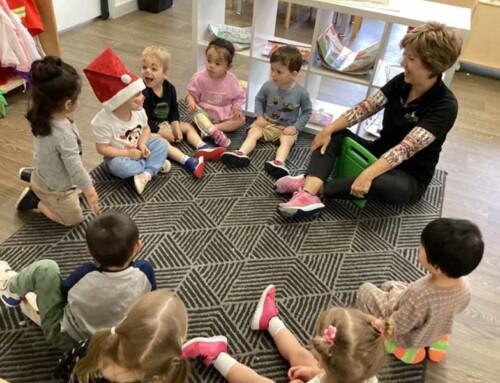There are many moments as parents that give pause, make us question whether going one way or another is right in any given situation. Children’s speech is one of those areas that it’s hard to tell if there’s an immediate need for intervention.
You might find yourself as a parent thinking:
- Is it normal for a 2 year old not to be understood?
- How much should my child be talking at this point?
- Is it normal for the words not to be completely correct?
To put your mind at ease, here are a few markers from Raising Children Network who say most children master the following sounds at the following ages:
- Around 3 years: b, p, m, n, h, d, k, g, ng (sing), t, w, f, y
- Around 4-5 years: f, sh, zh, ch, j, s, and cluster sounds tw, kw, gl, bl
- Around 6 years: l, r, v, ng, and cluster sounds pl, kl, kr, fl, tr, st, dr, br, fr, gr, sn, sk, sw, sp, str, spl
- Around 7-8 years: th, z, and cluster sounds sm, sl, thr, skw, spr, skr
According to Kid Sense, a speech disorder or delay occurs when “speech is developing in a normal sequential pattern but occurring later than is typical. A speech disorder is when mistakes are not ‘typical’ sound errors or are unusual sound errors or error patterns.”
“Speech sound delays and disorders include problems with articulation (i.e. making sounds) and/or phonological processes (i.e. sound error patterns).”

Follow this link to a chart that Kid Sense put together that goes over how speech should naturally develop. It might help you figure out if your child is having any issues or at least give you an idea of what you should be hearing at any given ages.
When you notice speech issues in your child, you may see them manifest in a few ways, including not pronouncing words the way you would think for the age, sounds younger than he or she is and gets frustrated when talking because people don’t understand what she or he is saying.
If this is sounding familiar, then you might want to start thinking about talking to your pediatrician about your concerns. What happens next is typically a referral to a speech professional, such as a speech therapist or pathologist.
Tips for helping your child
The professional will do a full assessment of your child and decide if therapy or other types of intervention are necessary. If there is a diagnosis of a speech issue, then the speech therapist should have a whole host of ideas for you and your child to work on at home.
But to get you started, here are a few:
- Get in the habit of repeating what your child says. For example, if your child says, “Dat parp,” then you say, “Yes, that’s the park.” When you acknowledge what they said, you show you understood them, which they really like to know, and it gives them a chance to hear the words correctly.
- Always listen and try to respond to your child when talking, but make sure you don’t repeat the words as he or she pronounced them.
- Encourage a child to point and gesture to help explain what is trying to be said so he or she doesn’t get so frustrated.
Incorporate as much of the suggestions that the speech professionals give you as you can into your everyday interactions with your child, but try to make sure you don’t overdo so that the child resists or resents the therapy.
Methods for the pros

While you will work on emphasising small issues at home and probably add to it as you work with speech therapists, the professionals will use a variety of tools to help your child improve his or her speech.
- Devices such as popsicle sticks, straws, whistles and other things to facilitate the child gaining control over the tongue and throat
- Flash cards
- Apps for the iPad
- Games
- Toys
- Recording the child’s voice and helping them understand where they need to fix issues
The speech therapists will tailor the process to each child’s needs and continue to update it as children gain confidence and master an area.
At home reinforcement
Most children will not improve their speech unless parents, other family members, teachers, grandparents and even friends are willing to help the therapy along at home.
For example, a therapist might provide parents with worksheets for them to use at home. These worksheets should correlate with whatever the child is doing in therapy.
If your child needs to work on the “b” sound, then you might have the child identify what the picture is (all will be b words) and then you’ll listen for the sound.
Perhaps the children goes over these at night with parents as the parents listen for the way the children are pronouncing the words. Then the parents would correct the child along the way.
Another simple way for everyone connected to the child to reinforce what they are learning is to be patient and allow the child to repeat what she/he without making a big deal out of it. In that same safe space, children should be carefully corrected as well as taught to help along the communication by using visual cues (pointing, pictures, gesturing).
But the most important component of the at-home help for kids with speech issues is positive reinforcement. Praise the child when he or she gets it right! Encourage the child that the word was almost right and to just try one more time (or however many times you can get).
All of the “good jobs” and high fives will help your child become more confident and trusting of his or her ability to make those sounds.
Trust your daycare provider to reinforce speech therapy
No need to worry if you send your child to Petit Early Learning Journey. Our staff are fully prepared to assist you in giving feedback, encouragement and assistance in your child’s speech progress. We certainly want your child to succeed too, so please book a tour today!

